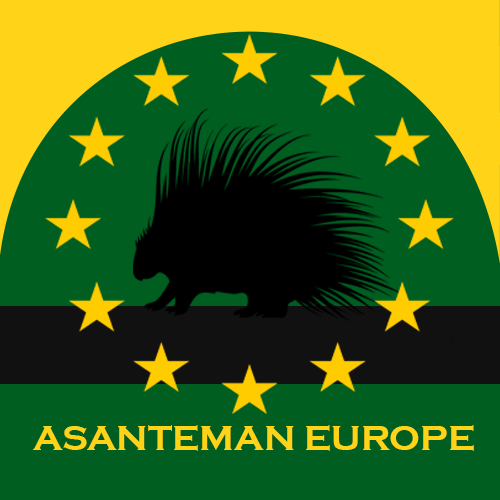ASANTE AKWASEDAE FESTIVAL
Akwasidae rituals and events are held in Ghana by the Asantes every six weeks, in honouring the ancestors in the Asante Kingdom by the Asante king, Paramount chiefs and all the sub-chiefs in the kingdom
Akwasidae, according to the Asante cultural archive records is an ornate ceremony, commemorating the date that the Asante Golden Stool was magically brought down from heaven. The festival, therefore, features a golden stool alongside the central feature of attention, the Asante King, who is carried on a palanquin through the procession of Asante people who have come to pay homage to him. A visit to Kumasi during an Akwasidae celebration is an invitation for spectacle. A celebration which parades colourful canopies and umbrellas amongst fontonfrom, kete and mpintsin drummers, dancers, horn blowers and singers who perform in honour of their ancestral spirits.
The Adae Kese Festival is a very important, albeit rare, celebration of the Asante’s. It is held in a large open space in the capital city of Kumasi. The festival is normally well attended and embraced by Asante,s from all walks of life.
Basically, the Adae Kese celebrations are magnified forms of Sunday Adae festivals, celebrated every six weeks in accordance with the Akan calendar which is based on a cycle of forty- two days and nine months in a year. Invariably, the last Akwasidae festival is set aside for the celebration of Adae Kese.
Adae Kese is usually held to climax celebrations of specific milestones and achievements of the Asante kingdom. it was first celebrated to mark the attainment of statehood of a newly celebrated people, in the aftermath of the Ashanti war of independence, otherwise known as the “” Battle of Feyiase””, which was fought against the Denkyiras between 1697 and 1699. Adae Kese, like other Akwasidae events, serves as the platform for pledging allegiance to the kingdom and to affirm loyalty to the occupant of the Golden Stool which represents the unity and embodiment of all Asante.
The event is marked in two phases. There are solemn private observances which are performed at the King’s palace chambers by accredited members of the royal family and other functionaries. It includes rituals, aimed at cleansing the spirit of the incumbent King and the presentation of the ceremonial sacrificial meal (Esq.) and drinks to ancestral spirits. Their blessing and protection guide the kingdom to prosperity.
The public celebrations take the form of a colourful durbar of chiefs and queen mothers presided over by the Asantehene. It involves the display of cherished regalia and paraphernalia accompanied by traditional drumming and dancing as well as the firing of musketry amidst pomp and pageantry.
The Adae festival is a continuous demonstration of faith in the vision and heritage of the Asante Kingdom, which has existed since the introduction of the Golden Stool in 1700.
The festival is also to commemorate and re-enforce the independence of the Ashanti people and an occasion to re-affirm each state’s loyalty to the confederacy instituted in the aftermath of the Ashanti war of independence fought against the Denkyiras between 1697-1699. It provides a platform for the King to meet and share his thoughts with his sub-chiefs and subjects and also reward deserving ones.
Source: The Kingdom of Asante
